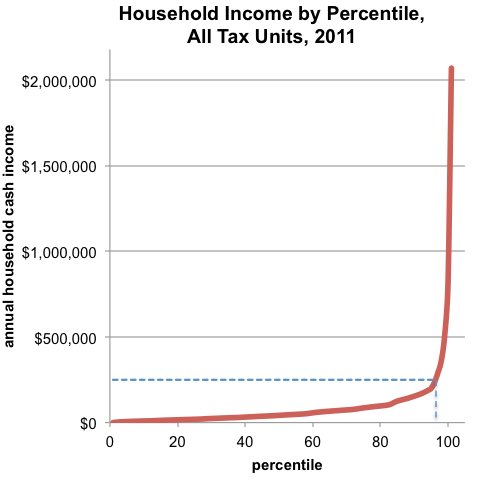Nintendo on Wednesday introduced a new portable gaming system, the Nintendo 2DS. The device will cost $130, or about $40 less than its 3DS sibling, when it is released Oct. 12. It is capable of running all the games made for the 3DS, but without 3-D effects.
For Nintendo, the price drop is a hedge against a future filled with tablet computers made by companies like Apple, Samsung and Amazon.
The growing popularity of tablets among adults means children are increasingly exposed to tablets at an early age. About one-third of American adults own tablets. But that figure rises to about 50 percent among parents with children living at home, according to Pew Internet Research. And games are routinely played on those tablets, making a dedicated gaming device less appealing.
“Forty bucks may not be a lot, but for families it’s a lot,” said Reggie Fils-Aime, president of Nintendo of America, in an interview. Mr. Fils-Aime said the 2DS was intended for the “entry gamer,” especially in families with multiple children.
Also on Wednesday, Nintendo said it would reduce by $50 the price of its console for the living room, the Wii U, which has had disappointing sales. The new price will be $300.
The gaming market has expanded over the last several years thanks in part to smartphones and tablets. The new devices have attracted what analysts call casual gamers — the people who yank out their smartphones and tablets to play games a few minutes on the commute to work, or the toddlers who play Angry Birds at family dinners.
Despite all that competition, Nintendo’s portable gaming device has been doing well.
The 3DS has been the best-selling piece of gaming hardware over the last three months, according to NPD Group. The last, best-selling portable gaming device was the Nintendo DS; with over 150 million units sold, it has become the best-selling portable gaming device in history.
With the addition of the 2DS, Nintendo now offers three portable devices, including the 3DS and the larger 3DS XL.
Tablets are considered a threat to Nintendo because games can be downloaded for a few dollars, or even free. Nintendo’s strategy has been to make most of its money from sales of the games it produces exclusively for Nintendo devices. Therefore, it has refused to offer its games to makers of tablets and smartphones.
That means famous titles native to Nintendo, like Super Mario or Donkey Kong, could be left to earlier generations. And that’s bad news for the Japanese company.
“The longer that they abstain from those platforms, the longer they risk failing to acquaint children with that stable of characters,” said Ross Rubin, an independent technology analyst for Reticle Research. “Since there is virtually no presence on these screens that kids are starting to increasingly spend more and more time with, Nintendo is going to have to work harder to gain exposure to that audience.”
Mr. Rubin said there were several ways for Nintendo to participate in the mobile market outside of selling games for its own devices — without cannibalizing its own business. The company could offer software that complements its games and systems, like iPad apps that turn the tablet into an extra controller for the 3DS or Wii U. Nintendo could also create lightweight versions of its games for tablets and phones, using them to promote the superior versions of the games available only for Nintendo systems, he said.
For the moment, however, cost-cutting appears to be Nintendo’s answer.
“All we’re doing is making available a device that, for consumers who want a lower price point but want to play all these great games, now you have the opportunity,” Mr. Fils-Aime said. “And we think it’s going to work.”

Article source: http://www.nytimes.com/2013/08/29/technology/nintendo-to-offer-lower-cost-game-device.html?partner=rss&emc=rss




